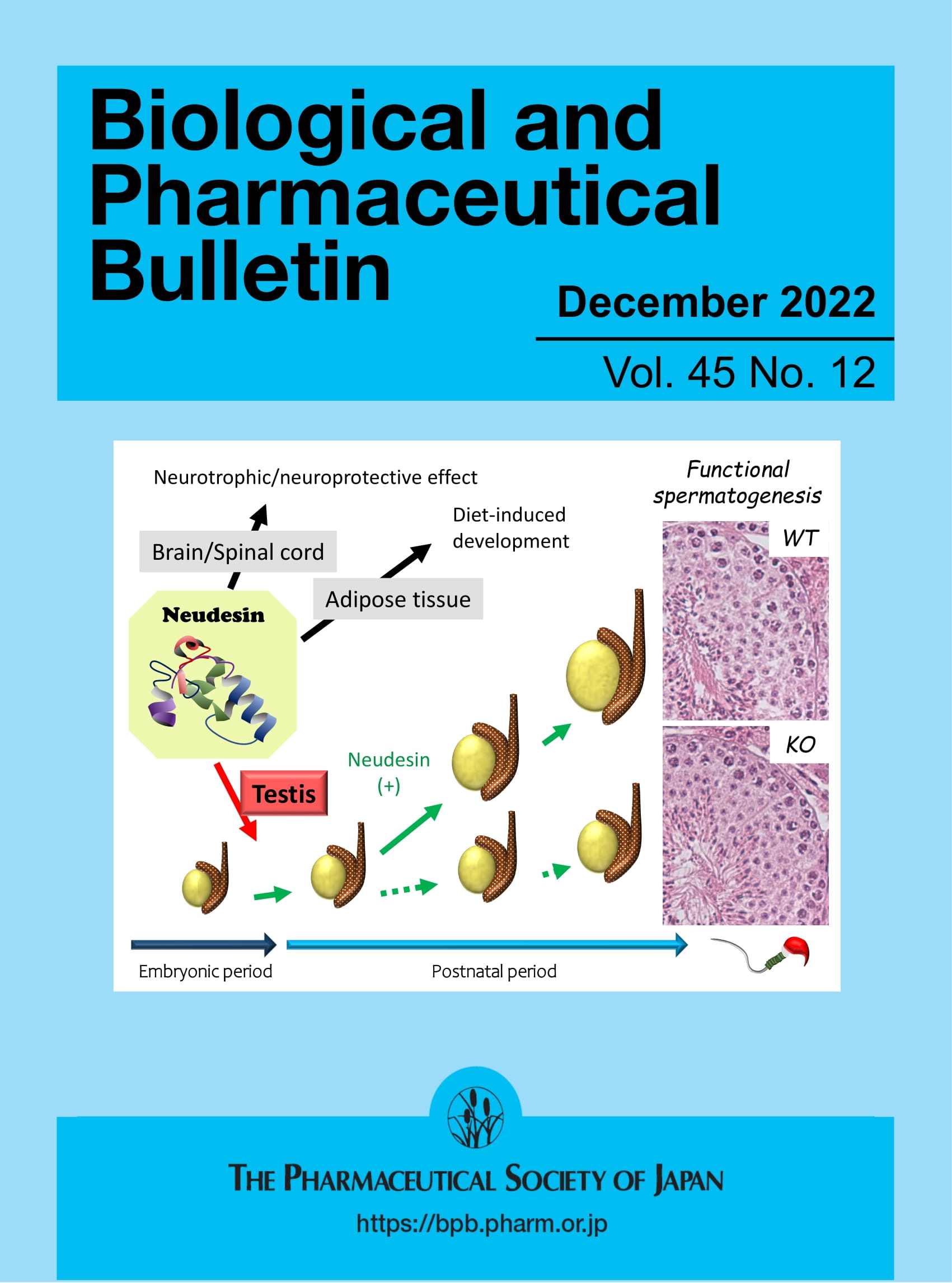Combined matrix-assisted laser desorption/ionisation-mass spectrometry imaging with liquid chromatography-tandem mass spectrometry for observing spatial distribution of lipids in whole Caenorhabditis elegans
Abstract
Rationale
Matrix-assisted laser desorption/ionisation-mass spectrometry imaging (MALDI-MSI) is a powerful label-free technique for biomolecule detection (e.g., lipids), within tissue sections across various biological species. However, despite its utility in many applications, the nematode Caenorhabditis elegans is not routinely used in combination with MALDI-MSI. The lack of studies exploring spatial distribution of biomolecules in nematodes is likely due to challenges with sample preparation.
Methods
This study developed a sample preparation method for whole intact nematodes, evaluated using cryosectioning of nematodes embedded in a 10% gelatine solution to obtain longitudinal cross sections. The slices were then subjected to MALDI-MSI, using a RapifleX Tissuetyper in positive and negative polarities. Samples were also prepared for liquid chromatography-tandem mass spectrometry (LC-MS/MS) analysis using an Exploris 480 coupled to a HPLC Vanquish system to confirm the MALDI-MSI results.
Results
An optimised embedding method was developed for longitudinal cross-sectioning of individual worms. To obtain longitudinal cross sections, nematodes were frozen at −80°C so that all worms were rod shaped. Then, the samples were defrosted and transferred to a 10% gelatine matrix in a cryomold; the worms aligned, and the whole cryomold submerged in liquid nitrogen. Using MALDI-MSI, we were able to observe the distribution of lipids within C. elegans, with clear differences in their spatial distribution at a resolution of 5 μm. To confirm the lipids from MALDI-MSI, age-matched nematodes were subjected to LC-MS/MS. Here, 520 lipids were identified using LC-MS/MS, indicating overlap with MALDI-MSI data.
Conclusions
This optimised sample preparation technique enabled (un)targeted analysis of spatially distributed lipids within individual nematodes. The possibility to detect other biomolecules using this method thus laid the basis for prospective preclinical and toxicological studies on C. elegans.


 求助内容:
求助内容: 应助结果提醒方式:
应助结果提醒方式:


